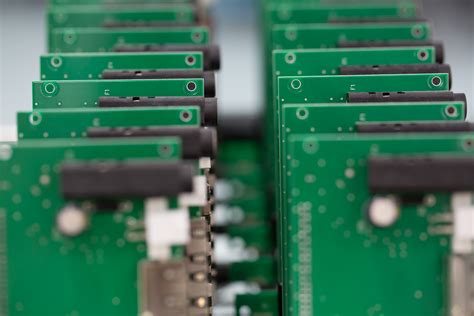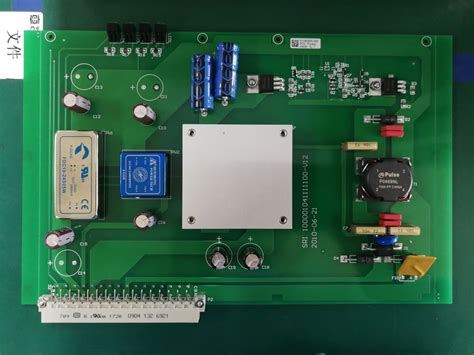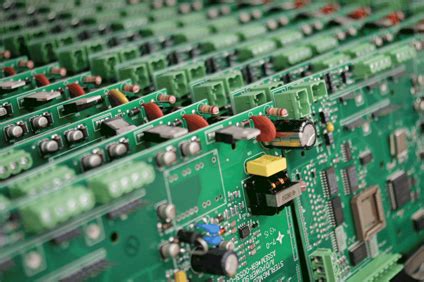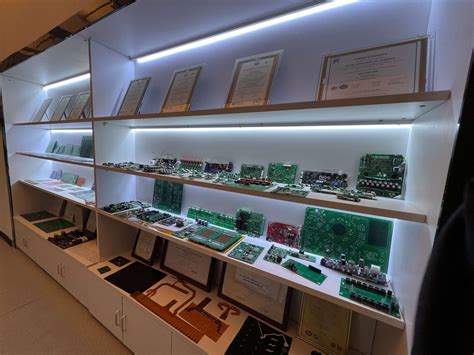About Flip Chip Assembly on Flexible Circuit Boards
The ability to control machines with thoughts is a long-standing dream; especially for those who are paralyzed. In recent years, technological advances have accelerated the progress of brain-machine interfaces (BMI). For biomedical applications, Duke University researchers have successfully developed ASICs for signal processing and electronic circuit systems for wireless transmission of power and information using neural probes. The next step is to develop packaging technology for components. However, how will these components be connected to each other?
Size and reliability are the two most important factors for biomedical implants. Two packaging technologies in the microelectronics industry (flip chip bonding and flexible substrates) are suitable for this application. Flip chip bonding technology has been developed for more than 30 years. The advantages of this technology are small size, high wiring density, and improved electrical properties due to short pins4. Another advantage of flip chip bonding technology is the ability to package multiple chips of different sizes on the same substrate to form a multi-chip module. This packaging method can eliminate large and unreliable connectors.
In addition, flexible substrates made of polyimide can be bent and folded, making full use of space to make small components. However, because polyimide materials are only suitable for low-temperature bonding technology (process temperature below 200 degrees Celsius), thermosetting adhesives must be used instead of solder to provide mechanical and electrical connections. In this study, we used low-cost pillar gold bump technology instead of tin-lead bump technology used in other similar applications.
In order to develop processes suitable for biomedical applications, we designed and manufactured test chips based on polyimide. These test chips were used to verify the process after being bumped with pillar gold. We tested conductive and insulating thermosetting adhesives respectively, and measured contact resistance after temperature cycling tests to measure product reliability.
Joining Technology
We hope to develop a reliable process for bonding the cut chips to the flexible substrate using pillar gold bump technology and thermosetting adhesives. In this study, we tested two bonding methods; the first method uses insulating thermosetting adhesives, and the second method uses conductive adhesives and insulating bottom fillers. Each test assembly consists of a test circuit substrate and a dummy chip. The substrate for the pin array package is also designed on the same polyimide substrate to facilitate future testing of the neural signal amplifier chip.
Preparation of the dummy chip: In order to make the soft dummy chip as hard as the silicon chip, we have to add a reinforcing member on the back of the soft dummy chip. However, the reinforcing member provided by the substrate manufacturer is too soft, so we use a small piece of 1 mm thick microscope slide to replace the reinforcing member provided by the manufacturer. Pillar gold bumps: The dummy chip and the pillar gold bumps of the chip used in the test are made by a manual gold ball wire bonder (Kulicke & Soffa’s 4524AD).
Insulated heat-hardening adhesive bonding: In the insulated heat-hardening adhesive bonding method, the chip with pillar gold bumps and the substrate are bonded with an insulated heat-hardening adhesive. The alignment and bonding of the chip and the substrate are done with a flip chip bonder (SUSS Microtec’s FC150). The steps of bonding are as follows:
- Load the chip with columnar gold bumps and the carrier into the flip chip bonding machine.
- Align the chip and the carrier by the flip chip bonding machine.
- Apply the insulating heat-hardening adhesive on the carrier.
- Bond the chip and the carrier according to the conditions of Table 2 and Figure 3.
- The adhesive is heat-hardened under the bonding pressure and then cooled before releasing the pressure.
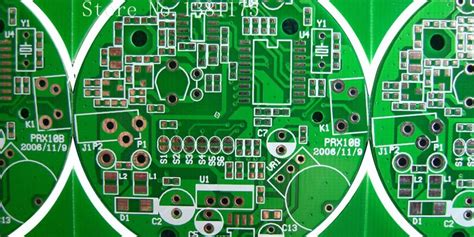
Conductive adhesive bonding technology
In the conductive adhesive bonding method, the chip with columnar gold bumps is first placed in a thin layer of silver glue. Then the chip with silver glue is bonded to the carrier with insulating heat-hardening adhesive. The alignment and bonding of the chip and the carrier also use the flip chip bonding machine. The steps of bonding are as follows:
- Load the chip with columnar gold bumps into the flip chip bonding machine.
- Place the slide on the suction cup of the carrier.
- Apply a thin layer of conductive silver paste on the glass slide. Note: Dilute the conductive silver paste by 10% to achieve better adhesion.
- Use a flip chip bonder to extend the conductive silver paste to a thickness of 30 microns.
- Press the chip with columnar gold bumps into the 30 micron thick conductive silver paste layer.
- Remove the glass slide and put it in the carrier.
- Apply insulating heat-hardening adhesive on the carrier.
- Align the chip with the carrier and bond it to the carrier through the adhesive.
- The adhesive is heat-hardened under the pressure of bonding and then cooled before releasing the pressure.
Temperature cycling test: Temperature cycling test is often used to verify the reliability of the joint. During the temperature cycling test, the temperature and the resistance between a pair of bumps on the simulated chip are recorded every 30 seconds.
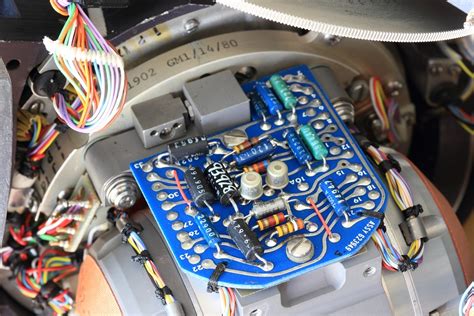
The temperature change conditions of the temperature cycling test are set as follows:
- Maintain at 85 degrees Celsius for 10 minutes.
- Cool down to -10°C as quickly as possible.
- Keep at -10°C for 10 minutes.
- Heat up to 85°C as quickly as possible.
- Repeat this temperature change cycle.
The dummy chip was cut from the polyimide substrate, a glass slide was bonded to strengthen the structure of the flexible dummy chip, and pillar gold bumps were applied. The dummy chip was then bonded to the flexible substrate using the two methods mentioned above (insulating heat-hardening adhesive bonding technology and conductive heat-hardening adhesive bonding technology). Since the dummy chip made on the polyimide substrate is translucent, we can visually inspect the bonding interface. The pillar gold bumps appear to be evenly compressed, indicating that the flatness is well controlled. The alignment accuracy is controlled within 3 microns. Some air bubbles can be seen in the adhesive layer, but these air bubbles do not seem to affect performance.
The bonding technology using pillar gold bumps and adhesive has several advantages. First, this method is applicable to diced chips. In fact, using soft dummy chips as test components is a relatively cheap and practical method to develop bonding technology. The translucent test components are an unexpected benefit when using polyimide as the substrate. Since the test components are translucent, we can easily use an optical microscope to check the bonding quality.
Using the insulating heat-curing adhesive bonding technology, the process steps are simpler and no cleaning steps and additional underfill are required. In the conductive adhesive bonding method, several steps need to be very carefully controlled, especially the coating of silver paste and the dip. In addition, the step of applying underfill is required for mechanical strength considerations. The common disadvantage of both methods is that the adhesive curing time (10 minutes) is too long; for research purposes, this is acceptable. However, for mass production, an adhesive with a shorter curing time is necessary.
We believe that when the adhesive and underfill are cured, they can tighten the chip and the substrate, thereby enhancing the bonding quality. In the temperature cycle test, the average resistance of the insulating heat-curing adhesive bonding technology is in line with our expectations; this result is also comparable to the results of other units. The components prepared by flip-chip bonding on a flexible substrate using an insulating heat-curing adhesive bonding technology have the same electrical performance as commercially produced ceramic pin array package components. In addition, this technology has the advantages of small size and adaptability to different shapes.
In order to bond the ASICS chip of the neural signal amplifier to the flexible substrate using flip-chip packaging, we developed and evaluated two bonding methods and used simulated chips manufactured on polyimide substrates for process development and testing. Based on the considerations of process simplicity and good reliability, we chose the insulating heat-curing adhesive bonding technology and the columnar gold bump technology. We also used this method to bond the ASICS chip of the neural signal amplifier to the pin array package substrate. The first trial produced a 100% functional product


